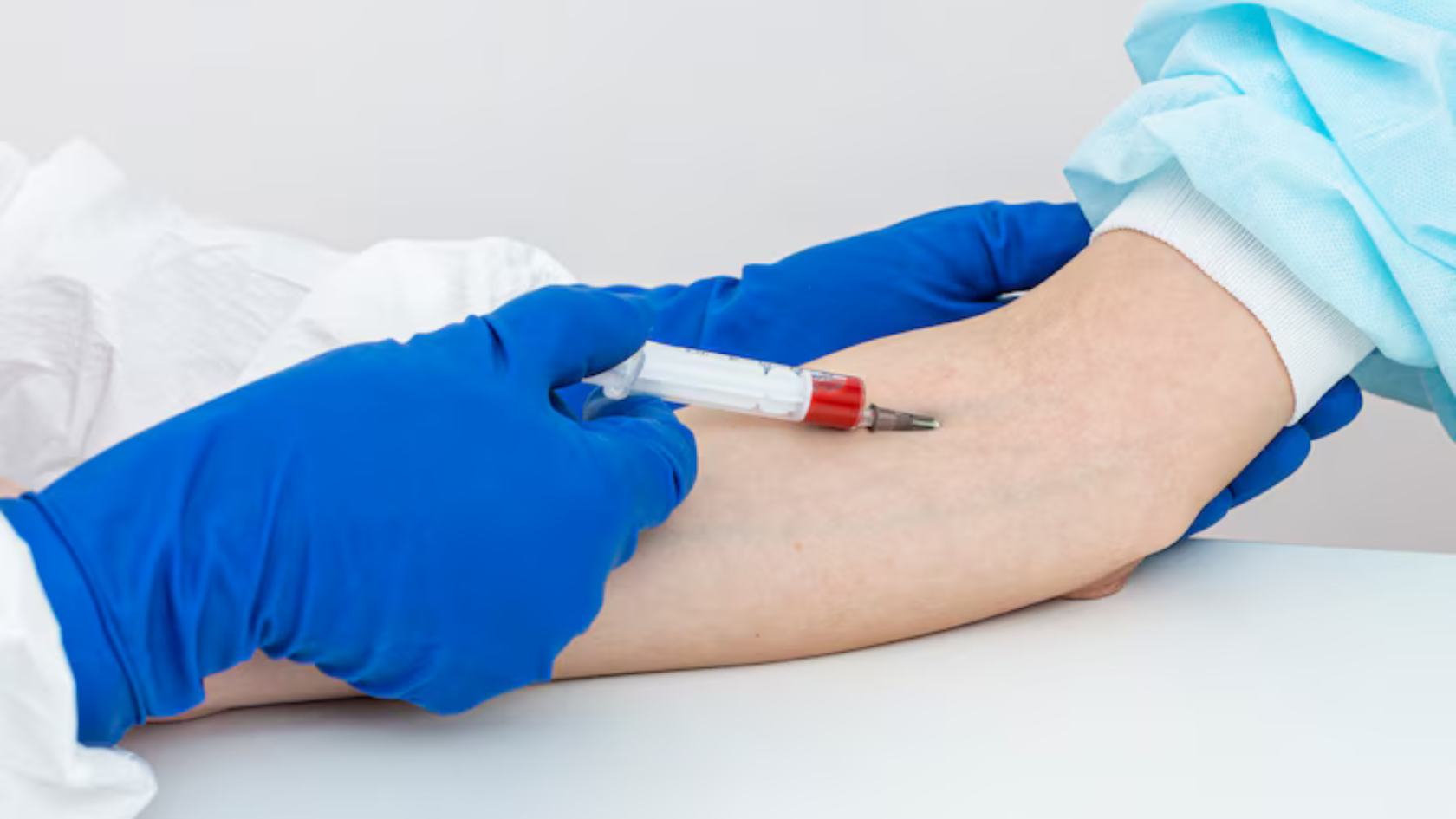A central venous catheter, often called a CVC or central line, is a long, thin tube inserted into a large vein, usually in the neck, chest, or groin. This tube allows healthcare providers to deliver medications, fluids, or nutrition directly into the bloodstream, especially when long-term treatment is needed. Unlike regular IV lines, central venous catheters can stay in place for weeks or even months, making them essential for many patients with chronic conditions.
CVCs play a key role in IV therapy by offering a reliable way to access the bloodstream quickly and safely. They are commonly used for chemotherapy, dialysis, long-term antibiotics, and total parenteral nutrition (TPN). They also allow for repeated blood draws without multiple needle sticks.
While they offer many benefits, proper care and handling are necessary to reduce the risk of infection and other complications. Understanding how they work and why they are used helps patients feel more confident and prepared for treatment.
Key Takeaways
- A central venous catheter (CVC) is a thin, flexible tube used to deliver medication or nutrients directly into large veins.
- Doctors often insert a CVC into the neck, chest, or groin when long-term IV access is needed for treatment or monitoring.
- CVCs help manage serious health conditions by allowing frequent blood draws, chemotherapy, or dialysis without repeated needle sticks.
- Keeping a central line clean and dry is critical—improper care may lead to serious infections or bloodstream complications.
- There are different types of CVCs, and your healthcare provider will choose one based on your specific medical needs and condition.
Table of Contents
Understanding Central Venous Catheters: Definition and Purpose
Definition and Purpose
A central venous catheter (CVC) is a medical device inserted into a large vein to provide long-term access to the bloodstream. It’s commonly used in hospitals, outpatient clinics, and at home for patients who need ongoing intravenous (IV) treatment. Unlike a standard IV, which is inserted into smaller veins in the arms or hands, a CVC is placed in larger veins near the heart. This allows medications, fluids, or nutrients to be delivered more quickly and in greater volumes.
The CVC is often made from soft, flexible material and comes in different types, including tunneled catheters, non-tunneled catheters, peripherally inserted central catheters (PICCs), and implantable ports. Each type is used based on the patient’s treatment plan, condition, and expected length of therapy.
How It Works
The catheter is inserted by a trained healthcare provider using sterile technique. Once inside the vein, the catheter’s tip is positioned near the superior vena cava, a large vein that leads directly to the heart. This location makes it easier for medicines to spread quickly throughout the body.
Some CVCs have one opening (lumen), while others have two or three. Multiple lumens allow different medications to be given at the same time without mixing. This feature is especially useful in critical care or during chemotherapy, where different treatments may be needed around the clock.
Common Uses in IV Therapy
CVCs are used for many types of IV therapy. They are essential for administering:
- Chemotherapy for cancer treatment
- Long-term antibiotics for infections
- Parenteral nutrition for patients who can’t eat by mouth
- Blood transfusions
- Dialysis for kidney failure
- Repeated blood sampling
Having a central line means patients don’t need a new IV each time they need treatment. It’s more convenient and more comfortable for long-term care.
Benefits of Central Venous Access
Central venous catheters offer several advantages:
- Reduced need for needle sticks
- Faster delivery of medications
- Reliable access to veins that are hard to reach
- Ability to provide high-concentration fluids and medications
For patients who are undergoing intense or ongoing treatments, a CVC can make therapy safer and more manageable.
Safety, Care, and Risks of Central Venous Catheters
Proper Maintenance Is Key
A central venous catheter requires regular care to prevent complications. Nurses and caregivers are trained to clean the insertion site, flush the catheter with saline or heparin, and check for signs of infection. Patients or family members may also be taught how to care for the catheter at home.
Routine care helps extend the life of the CVC and reduces the risk of infection or blockage. Most facilities follow a checklist to ensure the catheter is handled in a sterile, safe way every time it’s accessed.
Potential Complications
Even though CVCs are useful, there are risks to be aware of. These may include:
- Infection: The most common complication. Germs can enter the body if the site isn’t kept clean.
- Blood clots: Sometimes, clots form around the catheter, causing blockage.
- Dislodgement: If the catheter moves out of place, it may need to be repositioned or replaced.
- Air embolism: Rare but serious, this happens if air enters the vein through the catheter.
To reduce these risks, healthcare teams follow strict protocols during catheter insertion and maintenance.
Signs to Watch For
Patients should watch for signs of infection or other issues, such as:
- Redness, swelling, or pain at the site
- Fever or chills
- Difficulty flushing the catheter
- Leakage or bleeding from the insertion point
If any of these symptoms appear, it’s important to contact a healthcare provider immediately. Early action helps prevent more serious problems.
Removal and Recovery
When the catheter is no longer needed, it’s removed by a medical professional. This process is usually quick and done with local anesthesia. Once the catheter is removed, the site is cleaned, closed, and monitored for signs of infection or bleeding. Recovery is usually smooth, and patients can return to normal activity within a day or two.
Empowering Patients and Caregivers
Understanding how a CVC works, how to care for it, and what to expect can help patients feel more in control of their treatment. With proper education and support, most people are able to manage their CVC confidently at home or in clinical settings. Having access to the right resources and asking questions when unsure are key parts of staying safe and healthy during IV therapy.
Learn More About IV Therapy with Confidence
Frequently Asked Questions
It’s used to give IV medications, fluids, blood products, or nutrition over a long period.
It’s usually inserted into a vein in the neck, chest, or arm and ends near the heart.
Depending on the type, it can stay in for weeks or months.
A PICC is a type of central line inserted in the arm and threaded to a central vein.
Yes, but the site must be covered with a waterproof dressing.
Look for redness, swelling, fever, chills, or pain at the site.
Yes, with proper training and supplies, patients can manage it at home.
Infection, blood clots, and air embolism are the most common risks.
Use sterile techniques to flush and change dressings, usually with saline or heparin.
The procedure is done with local anesthesia, so it’s usually not painful.

